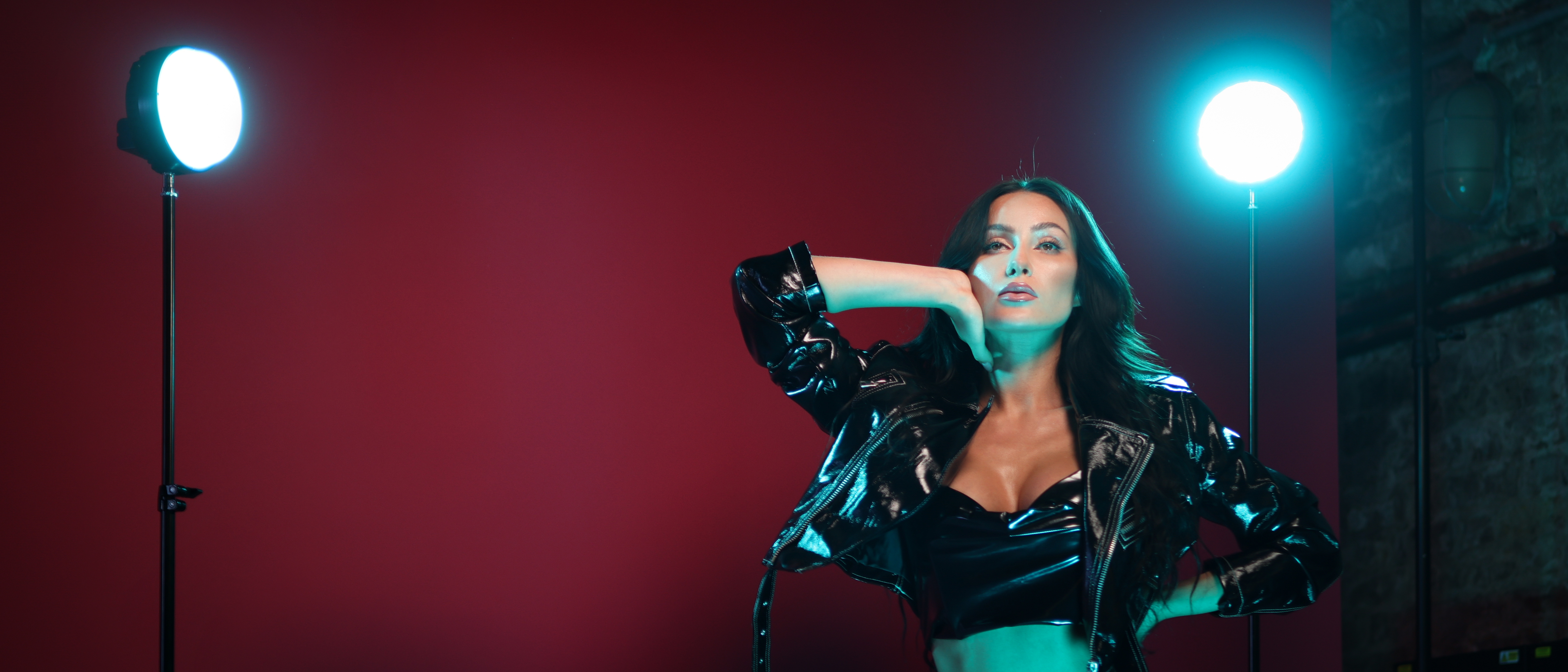Digital Camera World Verdict
With 25% more power than earlier models, the Rotolight Neo 3 Pro packs more punch than ever before – and is now a potent tool for shooting both in highly controlled studio environments as well as out in the midday sun. The included gel packs and effects presets are a huge win for creative shooters, both in stills and video, and the True Aperture Dimming tech is both inspired and practically useful. This is the best Neo ever, and is by far the best LED light panel we've ever used – if you've never used a Rotolight, THIS is what all the fuss is about.
Pros
- +
Improved power output
- +
Creative packs and presets
- +
Clever FDIM technology
- +
Near universal compatibility
Cons
- -
Pro performance… and price
Why you can trust Digital Camera World
The Rotolight Neo 3 Pro Edition is the latest iteration of the British brand's continuous lighting panel – but it is far from iterative. While it isn't a full-blown 'version 3' follow-up, it may as well be.
If the Rotolight Neo 3 Pro had a tattoo on its chest, it would be "Bigger, better, more". It takes everything that was great about the Neo 3 and makes it greater, from the power to the creative options.
Given its pedigree, it goes without saying that this is one of the best LED light panels money can buy – but here's why this is a light that any serious photographer or videographer absolutely needs to add this to their arsenal…
(Note: Much of this review is similar to that of the Rotolight Aeos 2 Pro, since in many ways the Neo 3 Pro is the smaller, less powerful 'little brother'. If you want maximum power with a much bigger form factor, the new Aeos is the way to go; if you need small and light, or multiple strobe-like lights for complex setups, Neo is for you.)

Rotolight Neo 3 Pro review: Key features
The Rotolight Neo 3 Pro boasts a 25% boost to the brightness of earlier models, giving its continuous output the extra punch to make it more adaptable to more shooting situations.
It also features near-universal compatibility with the most prominent flash triggers, featuring built-in receivers for Godox, Profoto, Elinchrom, Neewer and Pixapro, making it easy to incorporate into your existing setup.
The creative possibilities are even richer, with over 100 presets – including many custom designed by some of the greatest lighting artists in stills and cinema. There are special effects presets from Emmy winners like Roy Wagner (Nightmare on Elm Street, House, Ray Donovan) and Stefan Lange (Batman (1989), Tomb Raider, No Time to Die), with gel and HSI packs from fashion photographers Jake Hicks, Sam Nash and Jason Lanier.
If you use a meter to measure and control your lighting setups, you will definitely appreciate the new True Aperture Dimming (FDIM) function. Like a light meter you enter your desired ISO and shutter speed, along with the approximate distance from your subject. The Rotolight then calculates the required output as an f-stop – and you can change any variable (like moving the light closer or further, or dragging the shutter) to quickly recalculate the necessary power.
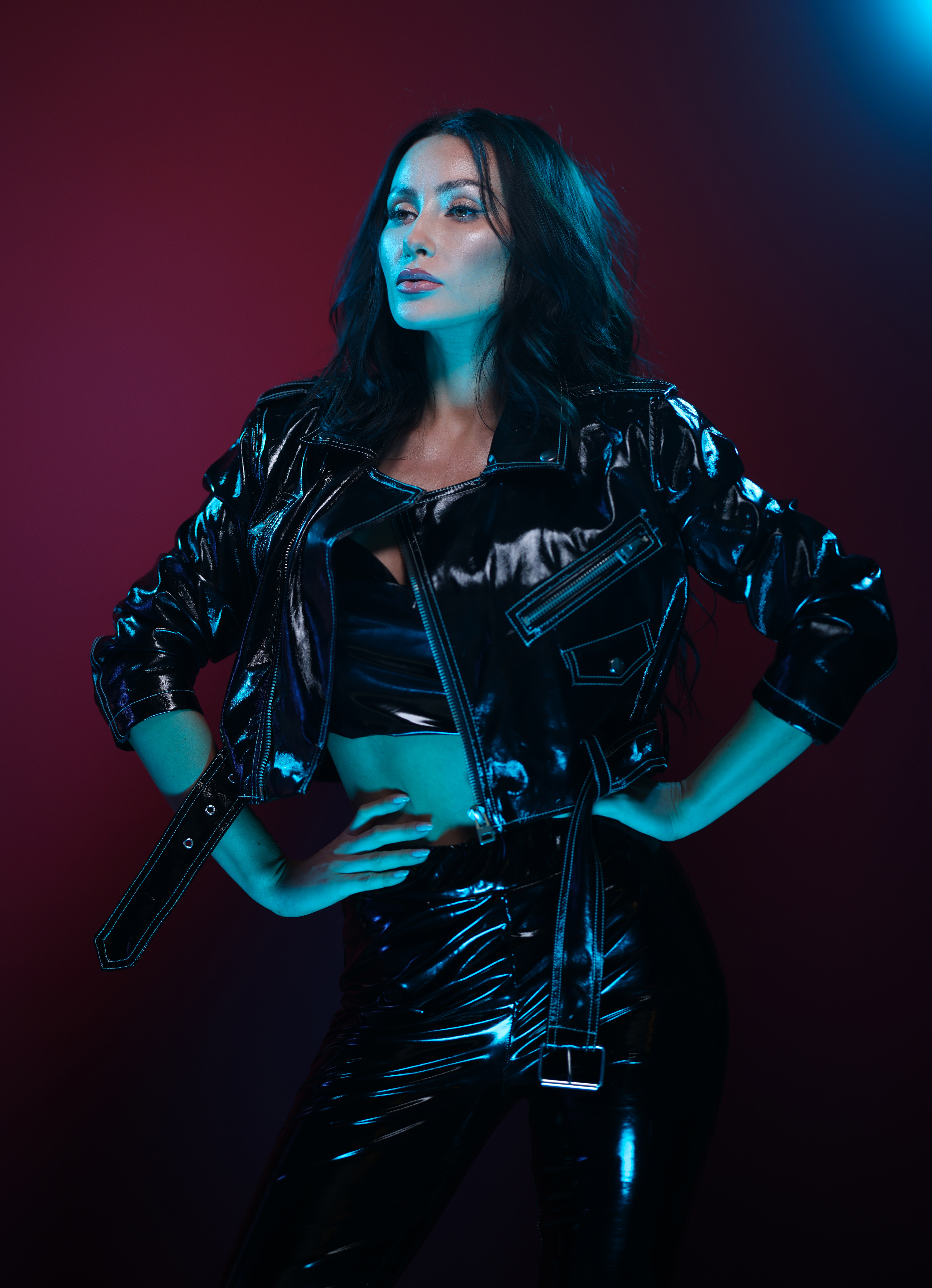
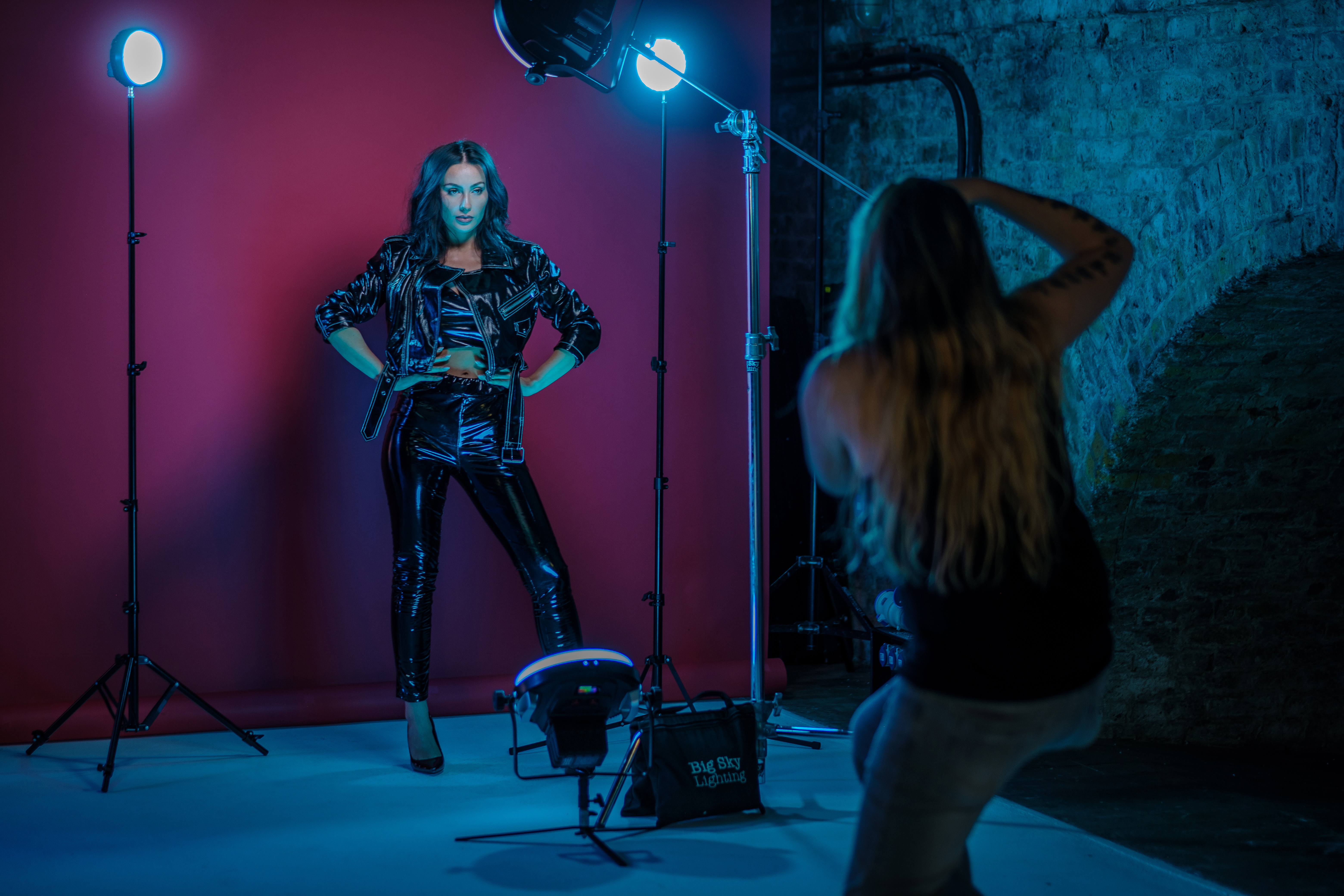
Rotolight Neo 3 Pro review: Build and handling
We're largely looking at the same excellent build as the base Neo 3 (this is, after all, an iteration rather than a new model), so you can refer to our original review for a full rundown.
Suffice to say, everything that was great about that is great about this. The color touchscreen with smartphone-like sensitivity is a joy to use, especially when it comes to choosing gels – you get an absolutely true rendition of the tones and pantones, so what you see on the screen is what you get on the subject.
The big physical difference here is the addition aluminum control dials in the signature Rotolight red, adding a sleek professional touch to the unit.
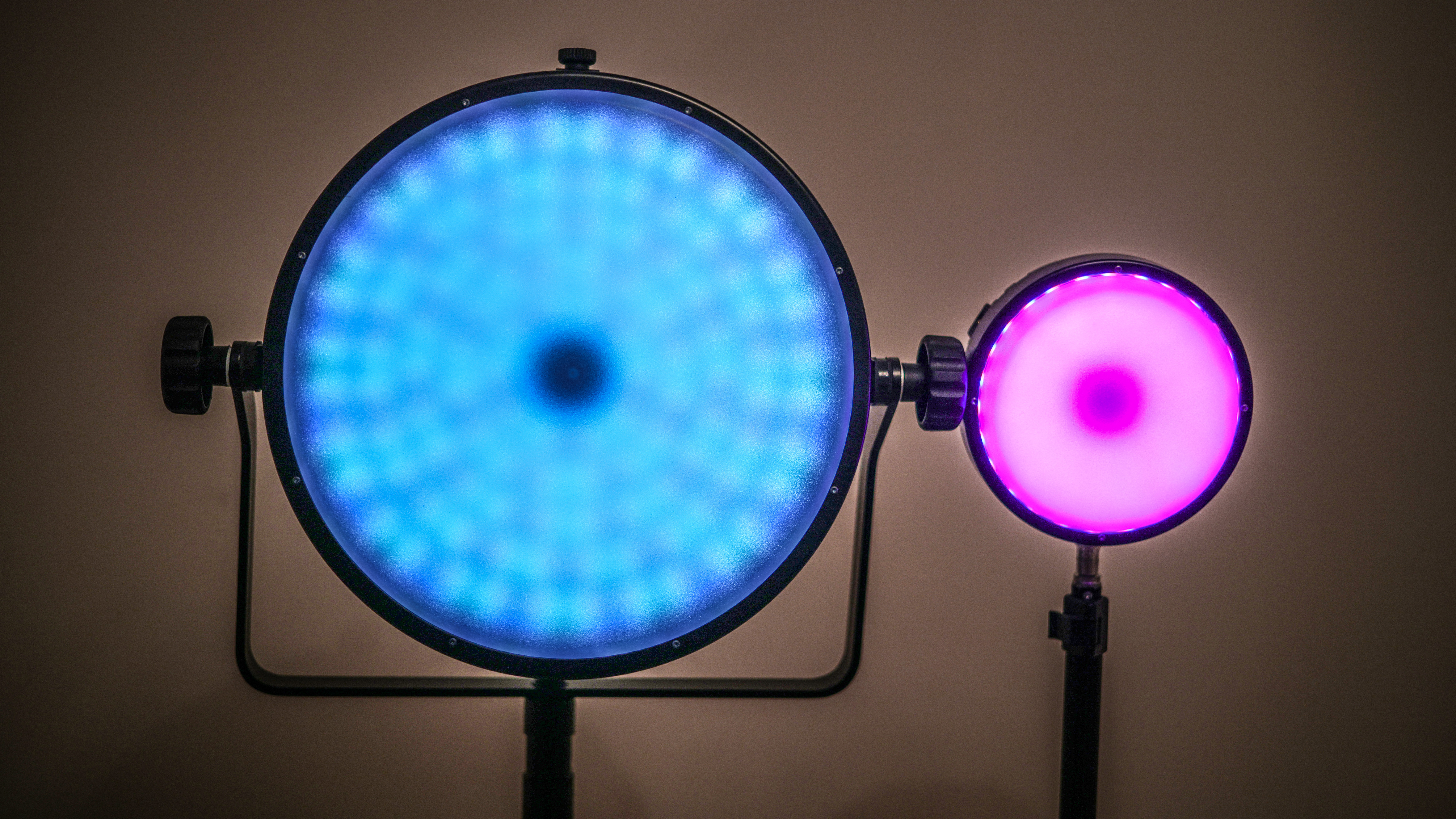
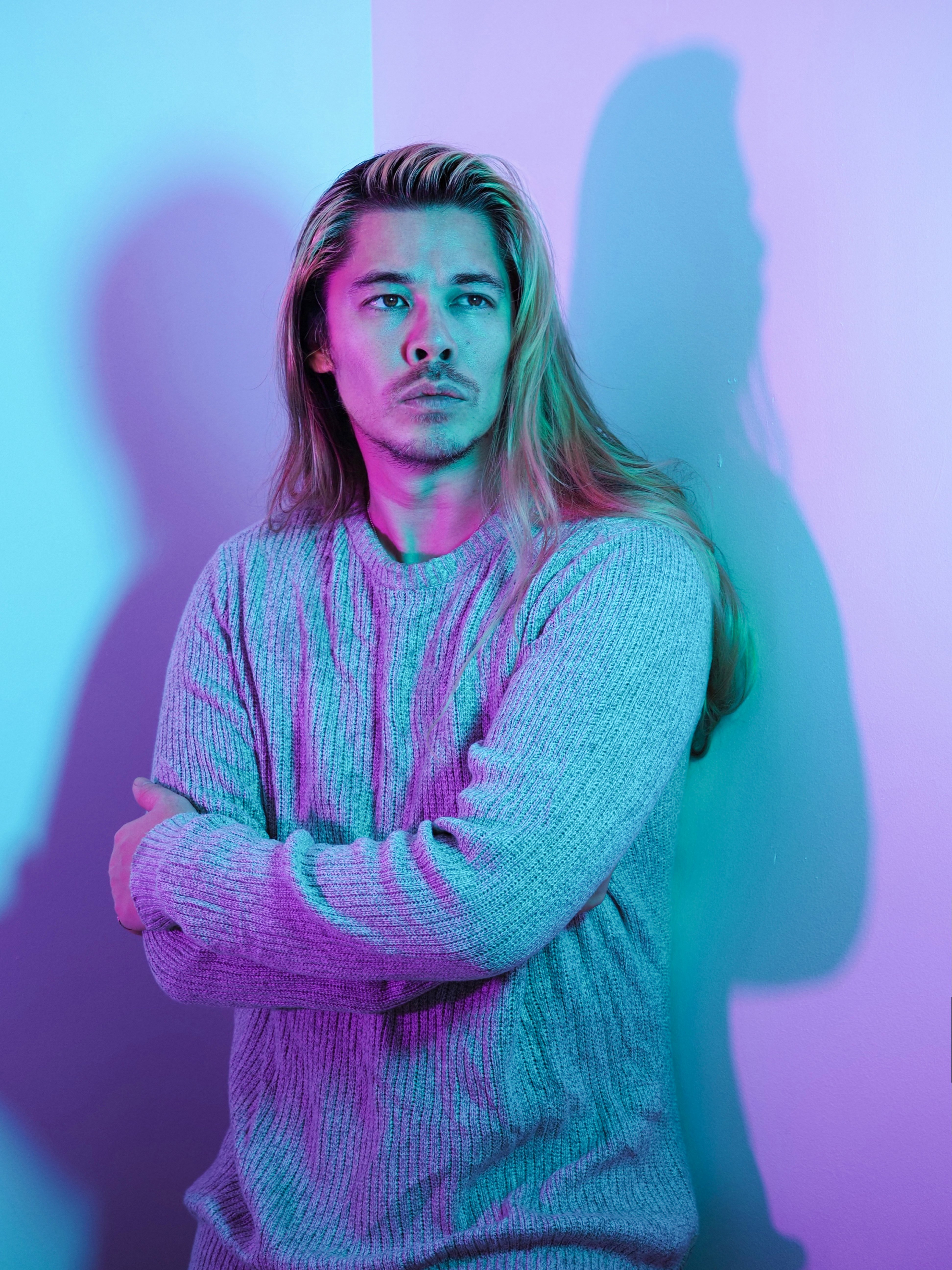
Rotolight Neo 3 Pro review: Performance
If you've used earlier Rotolights, or you're a flash shooter who has concerns over the lack of power in traditional LED lamps, be prepared for the punch packed by the Neo 3 Pro.
We're seasoned Rotolight users at DCW (for reference, this reviewer owns three units) and the difference in output is noticeable right away. If the high speed sync was the 'kick', the 25% improvement in power is definitely the punch that completes the combo.
In flash mode the recycling is instantaneous (remember, this is an LED device so there's no xenon flash tube to refill), which can improve workflow for fast-paced shooters (or flow-posing subjects!).
Where the Rotolight truly shines brightest (well, in a metaphorical sense) is in its continuous color capability, though. The addition of gel and HSI presets isn't just an excuse to ape the work of the likes of Jake Hicks; it gives you a starting point and an insight into color theory, and how a leading creative lighter chooses complementary palettes.
We're also big fans of the one-tough Source Match, which instantly duplicates the dominant light for organic amplification of the existing illumination.
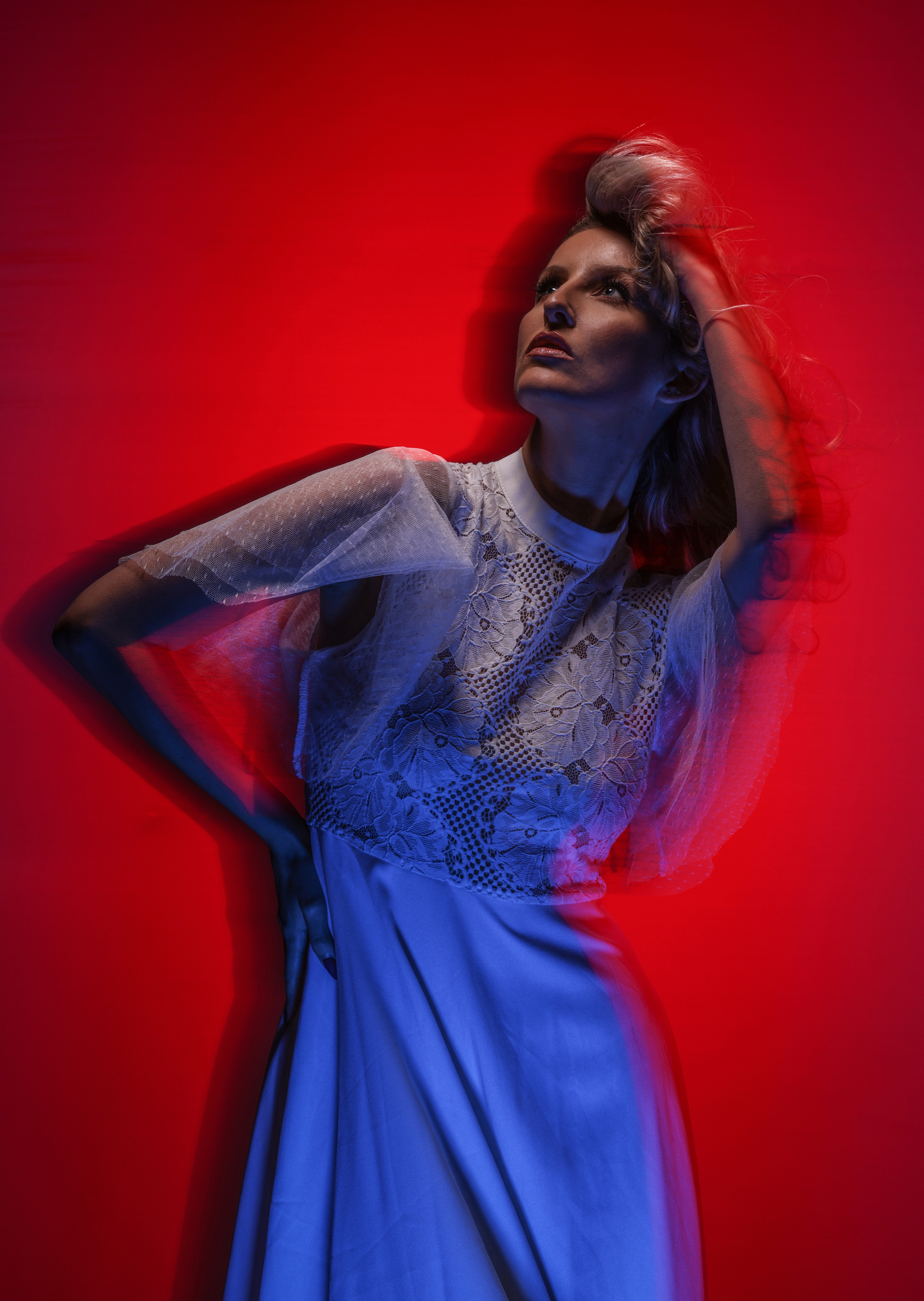
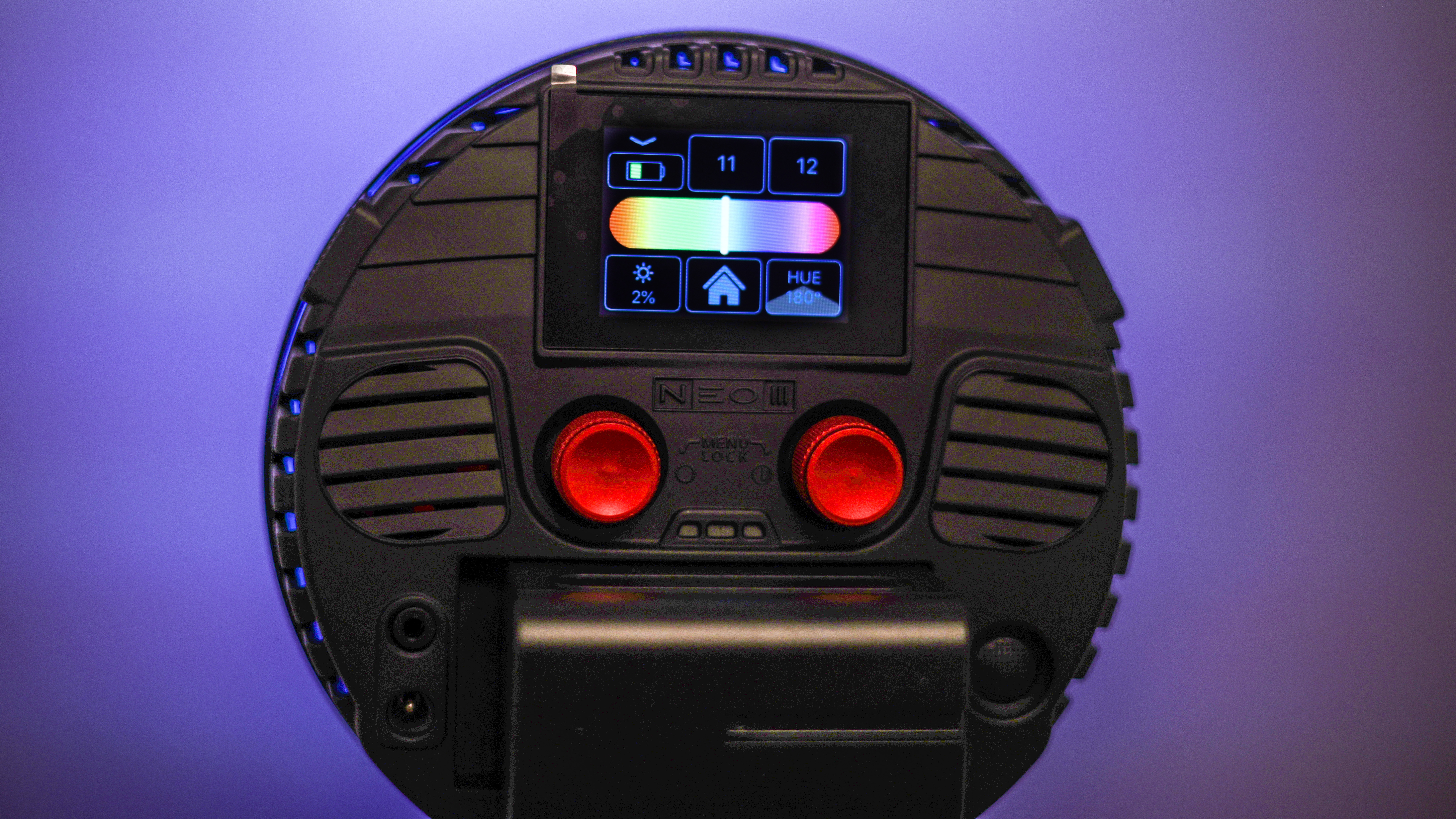
Rotolight Neo 3 Pro review: Verdict
For stills and video shooters alike, the Rotolight Neo 3 Pro is an absolute game changer. If you've never used gels but always wanted to try them, this is the best entry point; if you rely on gels for your imaging, this is utterly essential.
Again, the Neo 3 Pro is like an Aeos 2 Pro that's been shrunk in the wash – which means you're getting the most versatile, adaptable lighting instrument on the market, in footprint-friendly form. It's ideal for shooting in tight spaces, for embedding an effects light into an alcove, or for content creators who need a kiss of light rather than a full fledged shout.
Read more:
Best LED light panels
Best video lights
Best photography lighting kits

James has 22 years experience as a journalist, serving as editor of Digital Camera World for 6 of them. He started working in the photography industry in 2014, product testing and shooting ad campaigns for Olympus, as well as clients like Aston Martin Racing, Elinchrom and L'Oréal. An Olympus / OM System, Canon and Hasselblad shooter, he has a wealth of knowledge on cameras of all makes – and he loves instant cameras, too.

